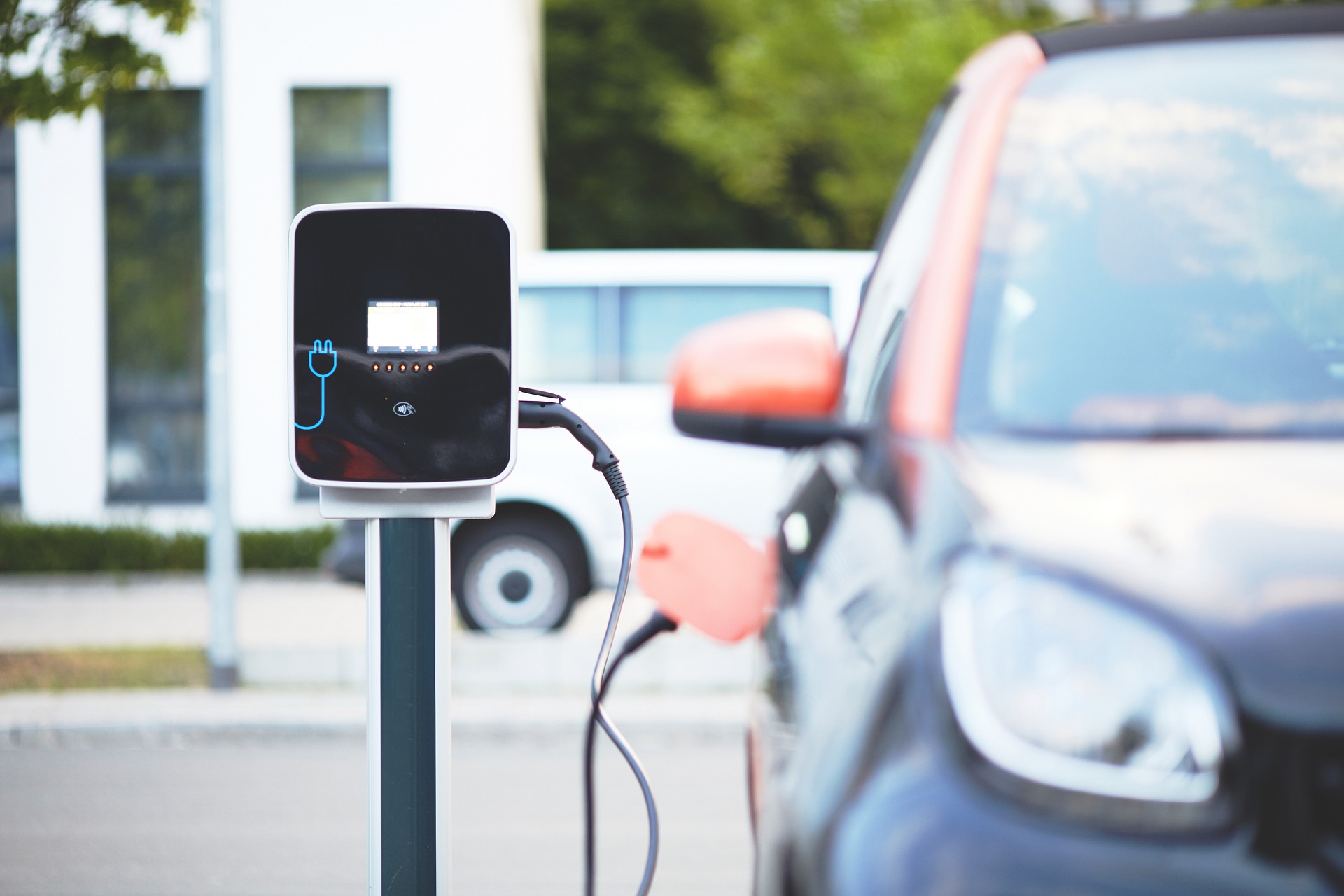Smart Cities Spearheading the Battle Against COVID 19
The COVID-19 pandemic is unfortunately still raging strong across the globe, affecting both rural and urban areas to a harrowing degree. However, metropolitan cities are continuously becoming hotspots of such infections. Not only are they dealing with problems like burgeoning population growth, overcrowded public spaces, and ill-planned housing structures, but they also tend to be the hubs for commercial activity. With so much going on, no wonder they are struggling to cope up. Read about how Smart Cities spearheading the battle against COVID 19.

Not all cities are crumbling under pressure. Some, namely smart cities, are managing to hold their own. Using IoT facilitated data-based interventions, these smart cities are managing to somewhat tackle the pandemic.
Smart Cities and Talking Technologies
Smart cities are urban areas that use information and communication technology processes to optimize city administration. In particular, these cities use the Internet of Things (IoT) devices, specialized software, and networking solutions to create technological systems that significantly streamline and ease urban planning and administration, reducing costs and generating higher revenue for the city.
IoT refers to a system of interrelated objects, connected by the internet, that can collect and transfer data, essentially interacting with or ‘talking to’ each other without any human intervention. Often termed the building block of smart cities, this technology is seen in use in various interfaces – be it online retail, economic restructuring, urban planning, or of course, healthcare.
Also Read: Smart Cities Remodeling Transportation Space to Defeat COVID-19
From Sanitizing Robots to Tracking Apps
Cities have been learning to cope with the outbreak of diseases since time immemorial. The historical discourses around public hygiene, sanitation, and healthcare lay bare the evolutions in these systems as part of the aftermath of often debilitating epidemics and pandemics. With the rapid emergence of smart cities in the present pandemic scenario, a lot of these technology and data-based solutions have been helping cities not to curb and to least prepare themselves significantly for the ramifications of the outbreak.
COVID-19 highlighted the undeniable need for stricter public sanitation guidelines and practices. However, it isn’t possible to sanitize large public spaces in the requisite amount of time. A pandemic demands swift action, and so the governments and the scientists across the globe came up with robots that helped in the efficient sanitization of larges areas in record time. An example is Denmark’s UVD robots, one in a series of self-driven robots that use UV rays to sanitize large areas. These robots have been deployed to hospitals, care centers, hotels, offices, and more.
Another popular intervention is the use of location tracking for contact tracing. In various countries like Argentina, South Korea, and Russia, applications that track the user’s location via Wi-Fi, mobile data, and Bluetooth have been introduced as a means of contact tracing. Such smart city approaches intend to map patients and ensure containment. Another example is Chicago, where anonymized mobile phone data is being used to analyze travel patterns and determine whether self-isolation norms are being followed or not. Similar smart city approaches include thermal imaging cameras and software to enable people to get back to work again. This is how Smart Cities spearheading the battle against COVID 19.
Moving in a Pandemic
Smart city approaches are also prevalent in urban planning, specifically that of urban mobility. For example, the New Zealand authorities plan to widen pavements and set up temporary bike lanes to encourage and enforce social distancing while moving around the city. Similarly, in Oakland, California, there have been discussions around closing off about 74 miles of roads to vehicles to ensure social distancing norms are followed by people while walking.
The pandemic might be raging, but that doesn’t mean human lives and economies can come to a stop. Times like these call for such smart city approaches that ensure futuristic city planning that is reliant on analysis of real-time data. Such technology-driven solutions also significantly reduce human contact and the possibility of infection consequently. Get My Parking’s IoT parking management system is one such example of a smart city solution that aims to optimize city administration and tackle the decades-old problem of parking.

